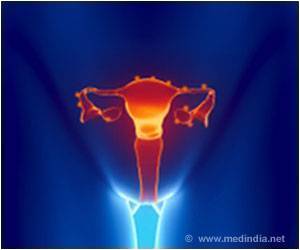Brain diseases manifest themselves as characteristic eye movement patterns and disturbances in viewing behavior.
Almost every cognitive or neural disorder, such as working memory deficits, amnesia, Parkinson’s disease, and Alzheimer’s disease will affect the viewing behavior .
The new AI tool, dubbed DeepMReye, was trained using MRI datasets that enabled it to figure out the complicated task of generalizing patterns of gaze across people.
Using extract features of the data through dimensionality reduction, the AI tool had learned how to use the vast pool of knowledge it had been fed, to extract and interpret the hidden meaning from any person’s viewing behavior.
Scientists noted that AI’s ability to generalize knowledge to new individuals, combined with the fact that all the data the AI requires for analysis is already found in most MRI maps, brings new life and interest to old brain scanning data.
DeepMReye can also be used for patient groups and in categories of research where previous camera-based eye tracking did not support.
While camera eye-tracking could only collect information from subjects when their eyes were open, the MR signal locates eyeball movement patterns even when the eyelid is closed.
This makes the DeepMReye model relevant for sleep labs by studying eye movements to classify sleep stages.
Another opportunity is clinical health screenings of congenitally blind people, who previously have been excluded from eye-tracking studies because the camera calibration process requires seeing and focusing eye.
DeepMReye does not discriminate between seeing and blind eyes when it comes to health screening.
The existing camera eye-tracking procedure is quite expensive, it is tricky to use, too time-consuming and so scientists hope their new AI-based approach will change that.
Source: Medindia



